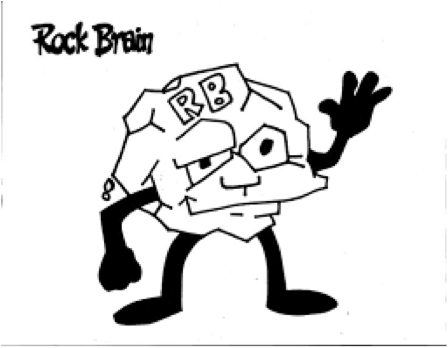

This reinforces that people are individuals and we can link emotions or feelings to these thoughts - something that is scary for one person might be exciting for another. THINKING THOUGHTS AND FEELING FEELINGS - it can be helpful to explain that everyone has their own individual thoughts. Gentle reminders or explanations which label a reaction as expected (don’t forget to label the positive behaviours!) or unexpected can give a useful framework for children. Children may need reminding of what is expected or unexpected in various settings, especially as we all transition back to new routines. If you would like to know more about how social thinking is used with your child’s class, please do be in touch with the relevant Speech & Language Therapist.ĮXPECTED BEHAVIOURS - the behaviors we expect to see in social situations have changed during the pandemic. It is really helpful if similar vocabulary is used at home too.

So, what can we do at school and at home to support our childrens’ wellbeing through the difficult times, especially now that we are transitioning back to some sort of ‘new normal’?īelow are some of the terms used in social thinking sessions (which are delivered across the school and college) that can be incorporated into conversations with children who are struggling with transitions. We have to do our best to avoid Rock Brain by using our Superflex Strategies.At AHSC the mental and physical wellbeing (wellbeing is defined as a person’s ‘health and happiness’) of our pupils and staff has always been given high priority.
Social thinking rock brain full#
Superflex is the social hero! He uses a flexible brain and skills to outsmart the Team of Unthinkables! The Unthinkables are full of powers that sometimes come over our brains.
Social thinking rock brain how to#
The purpose (as outlined in the book) of the Superhero Social Thinking (SST) curriculum is to provide the social-thinking educator, teacher or parent with a fun, motivating, and non-threatening way for our students to explore social thinking while increase their knowledge of social expectations, their awareness of their own behavior and how to modify their behaviors with Superflexible strategies. The Superflex Curriculum includes 13 different lessons, with specific skills and lessons for each part. When moving past the primary grades, MGW and Stephanie Madrigal, MS, CCC-SLP, have developed the Superflex: A Superhero Social Thinking Curriculum. I've had this book for several years and used it with children with Autism and ADHD.

When moving from theory and planning to treatment, MGW has plenty of materials.įor my early elementary students I start with the Social Detective comic book. Many of you responded to the Thinking about You, Thinking about Me post and commented that you were using MGW's framework and theory for treatment. The Incredible Flexible You and Thinking about You, Thinking about Me have already become frequently used resources in my speech rooms. As a part of the Social Thinking Blogging Team, I've already shared a few resources with you. Rather than teaching individual social skills, MGW's program focuses on a treatment framework and curriculum for teaching social thinking. Social Thinking is a cognitive approach to social language. Michelle Garcia Winner (MGW) is the author of the Social Thinking series.


 0 kommentar(er)
0 kommentar(er)
